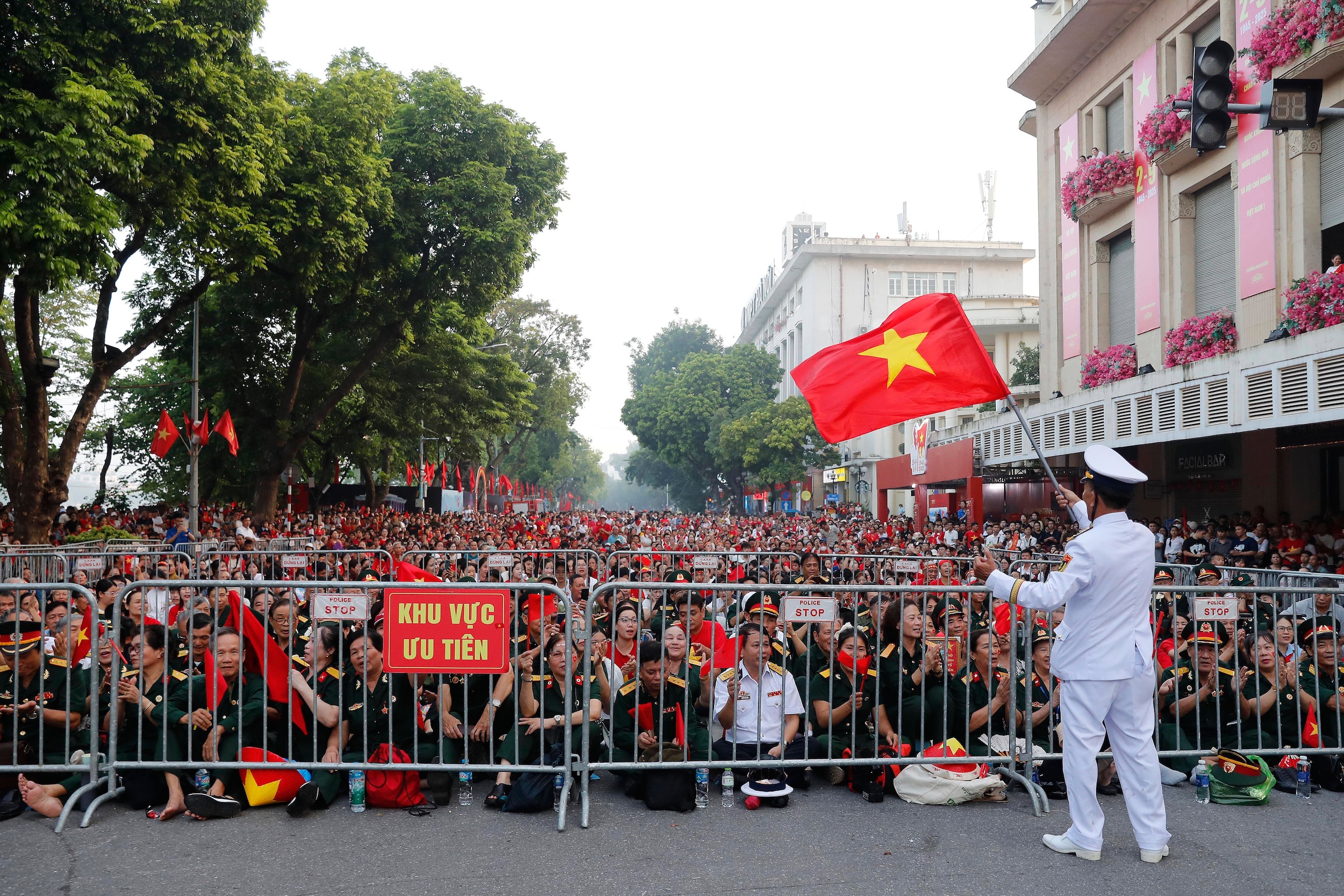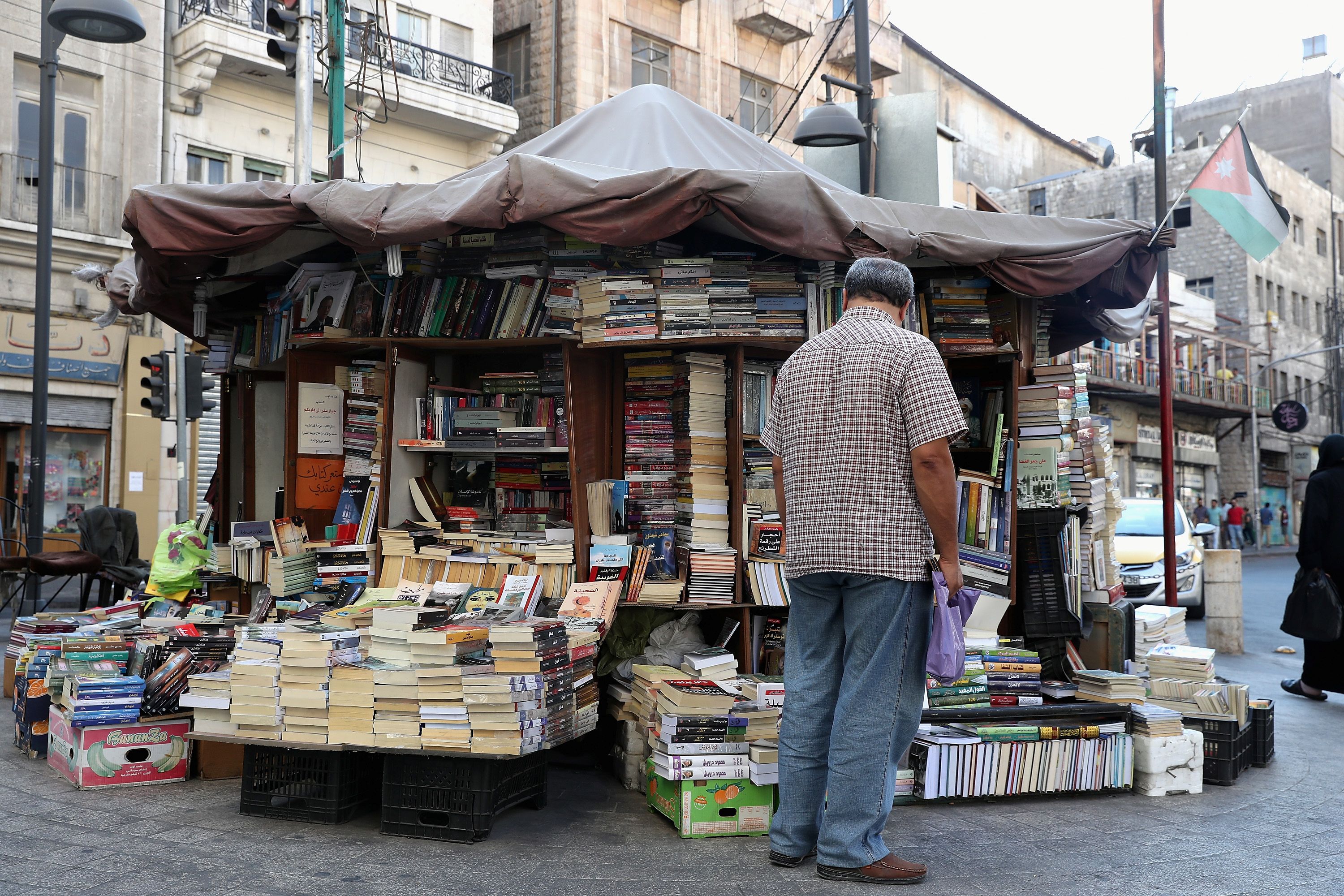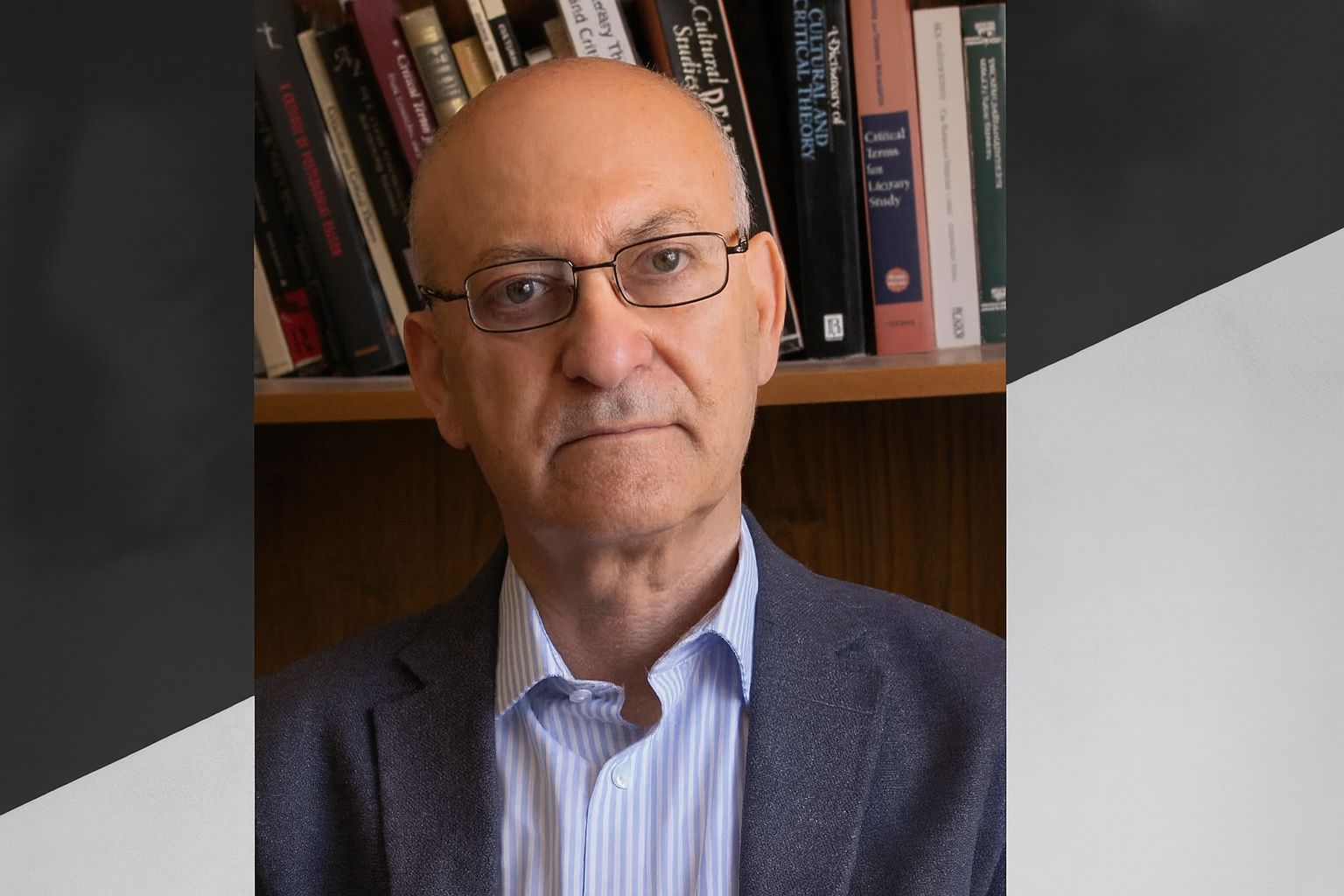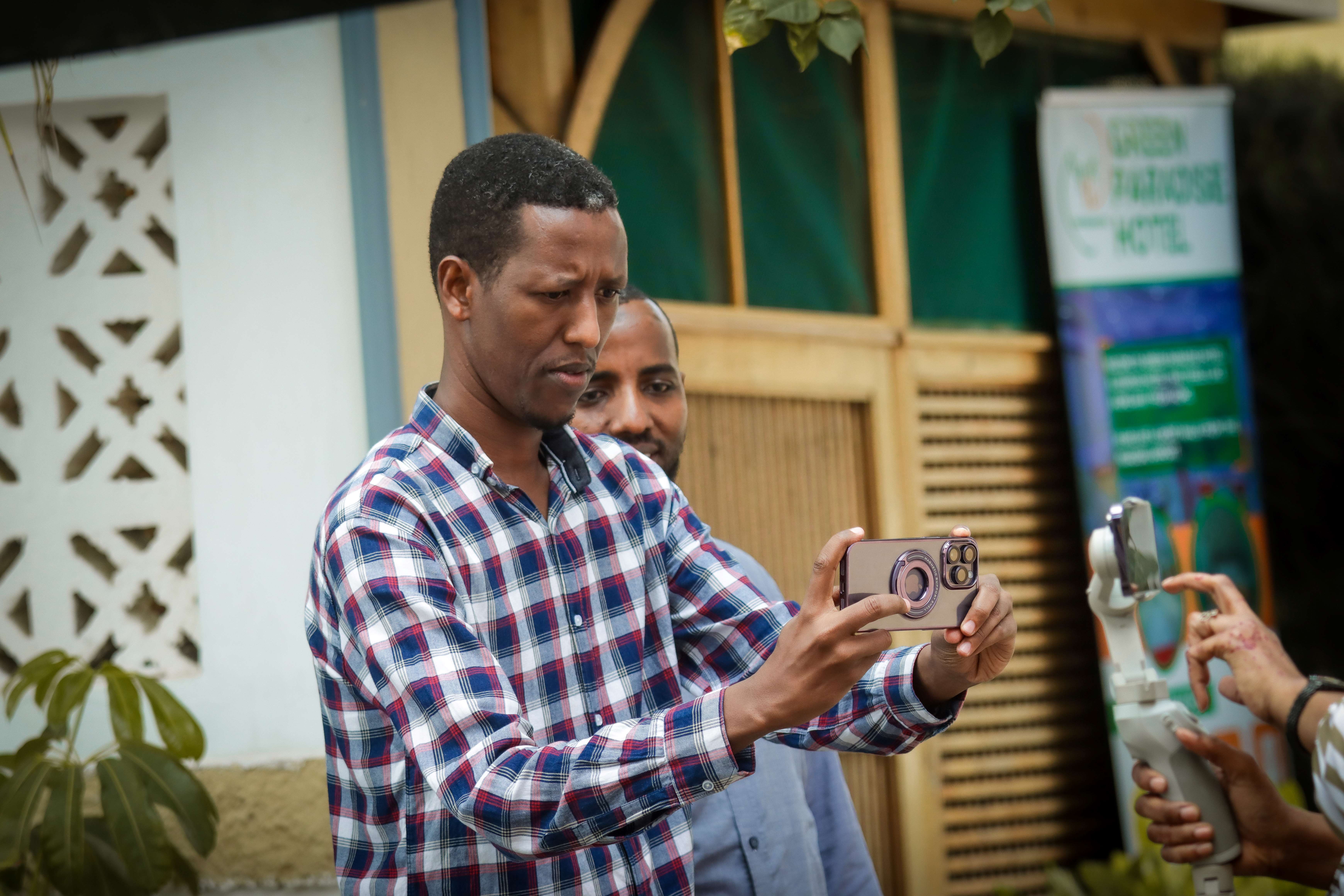لنفترض أن مطعمًا في مدينتك قد نجح في التعايش مع جائحة كوفيد-19، واتجه نحو تكثيف خدمات التوصيل إلى المنزل، في حين لم يتمكن عشرون مطعمًا آخر من التأقلم مع أوضاع الإغلاق أو تقليص عدد الطاولات لضمان التباعد الجسدي.
ما هي القصة التي سترويها هنا؟
هل ستتحدث -مثلًا- عن إفلاس عشرين مطعمًا في المدينة؟ أو ستقترح على رئيس التحرير أن تكتب تقريرًا حول المطعم الوحيد الذي لم يفلس؟
هل تشعر بالحيرة تجاه أي القصتين ستختار؟ أو أنك حسمت أمرك؟ في غالبية الأحيان القرار سهل:، "إفلاس عشرين مطعمًا"؛، أين هي السلطات المحلية؟ لماذا لم تتدخل لتجنب هذه النتيجة؟ ما هي تداعيات إفلاس كل هذه المطاعم؟ كم عائلة ستبقى دون مورد رزق؟ وغيرها من الأسئلة الكثيرة التي يمكن أن تدور في ذهن أي صحفي.
إن كنت درست الصحافة في الجامعة؛ فأتمنى أنك تتذكر درس "القيم الإخبارية". وإن كنت لا ذا لم تتذكر؛ فدعني أنشط ذاكرتك بذلك المثال الذي يختزل المنطق الصحفي: ماذا عن الرجل الذي عض كلبًا بدل الكلب الذي عض رجلًا؟ يُردد هذا المثال، دائمًا، في مدارس الصحافة حول العالم،. أما الفائدة منه فهي إبراز أن كل ما هو مختلف، وطريف، وغير اعتيادي، وغير مألوف يجد طريقه بسهولة إلى أجندة الأخبار.
ما لا يخبروننا به هو أن أقوى قيمة إخبارية هي "السلبية". ففي المحصلة، أن يعض الرجل كلبًا أو يعض الكلب رجلًا، خبران سلبيان.
عملت مع رئيس تحرير كان يكرر ، دائمًا، أن قيمة الخبر قوامها عنصران: إما أن تخيف الناس، أو تفرحهم.
ولكن لو تعمقت في ملاحظة الأخبار التي تطلع عليها يوميًا، فستجد أن الأخبار السلبية هي التي تتصدر العناوين. شيئًا فشيئًا، نتشرب هذه الممارسات ونتشبع بها، للحد الذي نصبح فيه قادرين على التقاط كل الأمور السلبية من حولنا.
في نهاية المطاف، الأخبار الإيجابية مملة. ماذا لو لعب الرجل والكلب معا وقضيا وقتًا ممتعًا؟ هل هذا خبر؟ لا!.
لماذا الأخبار السلبية؟
فكر في السيناريو التالي: تخيل غرفة مكتبك في المنزل، كل شيء فيها مرتب ما عدا بعض الأوراق الملقاة تحت الكرسي، ما هي أول فكرة ستخطر على بالك؟ "إنه مكتب مرتب جدا!" أم "من ألقى هذه الأوراق تحت الكرسي؟".
بالنسبة لي، سألاحظ الأوراق الملقاة على الأرض.
بعض الفرضيات العلمية تفسر ذلك بأن البشر مبرمجون للانتباه إلى التهديدات التي تحيط بهم، وهو أمر تغذيه غريزة البقاء، مما يجعلهم يستجيبون إلى محفز سلبي بانتباه أكبر وبعاطفة أكبر. إن الأمور السلبية مرتبطة بالخطر وبالتالي، لابد إذًا من الاستعداد لمواجهتها. لذلك، فإن الأخبار السلبية هي ما ينتبه إليه الصحفيون وهي التي تحظى بمتابعة أكبر وتجذب انتباه الجمهور أكثر.
يعرف ذلك بالانحياز السلبي أو Negativity bias، وفي الأخبار يتعلق بانحياز وسائل الإعلام نحو تغطية الأخبار السلبية.
عثرت على دراسة أجراها باحثون من جامعتي إيكستير وكولورادو-بولدير في الولايات المتحدة والمملكة المتحدة حول تغطية تقارير التغير المناخي الصادرة عن اللجنة الدولية للتغيرات المناخية التابعة للأمم المتحدة.
تقول الدراسة: إنه في 2013 و2014، تم إنتاج 65 قصة حول التقرير الأول الذي حذّر من تداعيات ارتفاع مستويات البحر وارتفاع درجات الحرارة، بينما أُنتجت 51 قصة صحفية حول التقرير الثاني الذي يتعلق بالسياسات المقترحة للحد من الاحتباس الحراري في العالم و27 قصة صحفية فقط حول التقرير الثالث الخاص بالتأقلم مع التغيرات المناخية.
توقف للحظة وفكر، أي تقرير أثار اهتمامك؟
التقرير الأول هو الذي يبدو أكثر وقعًا على الناس؛ لأنه يرسم صورة سلبية. أما التقرير الخاص بالحلول، وذلك المتعلق بكيفية التأقلم مع تغيرات المناخ فيبدو أنهما مملان. قد يكون ذلك انطباعنا الأول على الأقل.
ولكن دعنا ننظر للموضوع من زاوية أعمق. صحيح أن المنطق الصحفي سيشدنا أكثر نحو الاهتمام بالتقرير الأول، ولكن ما هو دور الصحافة في المجتمع؟ أن تحذر الناس من مخاطر تغير المناخ؟ أو أن تقدم لهم طرقًا للتأقلم معه؟ هل معرفة الناس بالمخاطر فقط كافية؟ أعتقد أننا نحتاج إلى جانب التحذير من المخاطر، وكذلك التنبيه إلى الحلول وإمكانات التأقلم. على هذا النحو، لن نخيف الناس فقط بل سنعطيهم فرصة لمواجهة هذه المخاطر والتعايش معها. ولكن الدراسة تبرز أن التقرير السلبي حظي بتغطية أكبر.
"العالم مكان سيئ"
أذكر أنني في أحد النقاشات مع طلبتي طرحت عليهم هذا السؤال: "لماذا تطغى الأخبار السلبية على محتوى وسائل الإعلام؟". علقت في ذهني إجابة طالبة منهم عندما قالت: "لأن العالم سلبي، وليس فيه أي شيء إيجابي، ولا تملك وسائل الإعلام إلا أن تنقل ذلك".
يذكرني الجواب بعبارة الموسيقي وعالم الرياضيات الأمريكي توم ليرير عندما قال: "توقع دائما الأسوأ، وسيتم الترحيب بك كنبيّ."، يبدو أنه من السهل علينا الجزم بأن ما يحدث في العالم كله سلبي.
في الحقيقة، وسائل الإعلام والمنصات الجديدة تعد من أقوى الأدوات التي يمكن أن تحدد تمثلنا للعالم. يكفي أن تشاهد تقريرًا عن تلوث المحيطات وستشعر أنّ العالم سينتهي، أو تشاهد تقريرًا عن الحياة البرية في تنزانيا وستشعر أن الطبيعة رائعة وليس هناك أي داع للقلق.
وإن كانت الأخبار السلبية تبدو بمثابة المغناطيس الذي يجذب الصحفيين والجمهور على حد السواء، فإن الجماهير تواجه، -بشكل متزايد-، ما اصطلح على تسميته بـ News Fatigue (إرهاق الأخبار)، وهو شعور الناس بأن الأخبار سلبية بالأساس. وثمة أيضًا Compassion Fatigue (إرهاق التعاطف) الذي يعرّفه عالم النفس تشارلز فيغلي بأنه: "حالة من الإرهاق والخلل الوظيفي، بيولوجيًا وفسيولوجيًا وعاطفيًا، نتيجة التعرض المطول لضغط التعاطف"، ويمكن أن نعبر عنه ببساطة أكثر بعدم الاهتمام أحيانًا بكم الأخبار السلبية التي نتعرض لها يوميًا، فتصبح وفيات كورونا أو قتلى الحروب وجرحاها مجرد أرقام.
ماذا يعني أن يكون لدينا مقاربة إيجابية للأخبار؟
بالنسبة لي ينبغي أولًا أن نحاول تعديل رؤيتنا أو تغييرها في التعامل مع الأخبار، وكيفية تدريسها للطلبة. وثانيًا، علينا أن نتخلص من شعور الذنب تجاه الأخبار الإيجابية (أحيانًا أشعر بالذنب عندما أكتب عن الأمور الإيجابية). وثالثًا، أن نحافظ على مقاربة صحفية دقيقة عندما نتعامل مع الأخبار الإيجابية تمامًا مثل تعاملنا مع أي خبر. فالقصص الإيجابية وقصص الحلول تحتاج أيضًا إلى عمل صحفي دقيق، وإلى التعويل على البيانات التي يمكن أن ترينا الاتجاه العام بدل الوضع الراهن فقط.
ماذا عن الفقر مثلًا؟ ما زال العالم يواجه معضلة الفقر، ولكن في المقابل تراجعت مستوياته بشكل كبير في العقود الأخيرة. من المهم أن نتحدث عن وضع الفقر اليوم، ولكن من المهم أيضًا أن نتحدث عن النزعة العامة لتراجع الفقر عبر قراءة معمقة للبيانات على امتداد عقود. تساعدنا البيانات في وضع اللحظة الراهنة في سياقها، وفي فهم علاقة ما سبق بما يمكن أن يحدث.
ولكن ليست البيانات، –وحدها-فقط، ما يمكن أن يساعدنا على رواية قصص حلول أو قصص إيجابية؛ إذ ثمة الكثير من المصادر الأخرى التي تساعدنا على ألا نسقط في الانحياز الإيجابي، حيث تكون لدينا نزعة إلى المبالغة من إيجابية الأمر.
ظهرت مدرستان صحفيتان لمواجهة الانحياز السلبي في الأخبار: مدرسة صحافة الحلول solutions Solutions journalism Journalism التي تطرح مقاربة تقوم على رصد الحلول للمشاكل بدل الاهتمام فقط بتغطية مواطن الخلل،. ومدرسة الصحافة البناءة constructive Constructive journalism Journalism التي تقترح مقاربة أكثر إيجابية في التعامل مع الأخبار.
إذا تصفحت مختلف القصص الإخبارية في صحافة الحلول لدى شبكة صحافة الحلول Solutions Journalism Network، فستجد أنها قصص من عدد واسع من المؤسسات الإعلامية المعروفة حول العالم. على سبيل المثال، فإن الغارديان ونيويورك تايمز خصصت أقسامًا لهذه القصص. وقد بلغ عدد هذه قصص على موقع صحافة الحلول في أواخر شهر مارس/آذار الماضي، 11.499 قصة، أنتجتها 1414 مؤسسة إعلامية من 181 دولة.
هل يعني ذلك أن نتوقف عن طرح المشاكل؟
أعتقد أننا جميعًا نعرف مسبقًا أن الإجابة هي: لا.
نحتاج إلى أن تطرح الصحافة المشاكل وبقوة، ولكن في المقابل نحتاج إلى أن تحاول الصحافة أن تنقل الإيجابيات في العالم بقدر ما تنقل السلبيات، أن تسلط الضوء على النجاحات مثلما تفرد مساحات مطولة للفشل والخلل. عندها، ربما لن ترى طالبتي العالم سلبيًا، ويمكن أن يكون لديها تقييم متوازن لما يحدث حولها.
الانتقال إلى رواية قصص الحلول والقصص الإيجابية ليس سهلًا، ولكن فلنبدأ من هنا؛. فلنبدأ من وعينا بأن القصص الصحفية لا يجب أن تتعلق بالمشاكل دائمًا. وماذا عن قصة المطاعم؟ أعتقد أنه من المهم أن نروي قصص المطاعم التي أفلست، وأن نكشف مواطن الخلل والتقصير، والتداعيات الاجتماعية والاقتصادية وإمكانات التدخل العاجلة، ولكن أيضًا أن نروي قصة نجاح المطعم الوحيد الذي تمكن من الصمود. أليس لديك فضول لأن تعرف لماذا نجح؟ وماذا فعل؟ وكيف حقق أرباحًا بدل أن يفلس؟ تلك أيضًا قصة تستحق أن تروى.
المراجع:
-Figley, C.R. (1995). Compassion fatigue: Coping with secondary traumatic stress disorder in those who treat the traumatized. Bristol, PA: Brunner/Mazel.
-Knobloch-Westerwick S, Mothes C, Polavin N. (2020) Confirmation Bias, Ingroup Bias, and Negativity Bias in Selective Exposure to Political Information. Communication Research, 47(1), 104-124. doi:10.1177/0093650217719596
-O’Neill, S., Williams, H., Kurz, T. Wiersma B., Boykoff M. (2015). Dominant frames in legacy and social media coverage of the IPCC Fifth Assessment Report. Nature Clim Change 5, 380–385. https://doi.org/10.1038/nclimate2535
-Solutions Story Tracker: https://storytracker.solutionsjournalism.org/.


![Palestinian journalists attempt to connect to the internet using their phones in Rafah on the southern Gaza Strip. [Said Khatib/AFP]](/sites/default/files/ajr/2025/34962UB-highres-1705225575%20Large.jpeg)







































